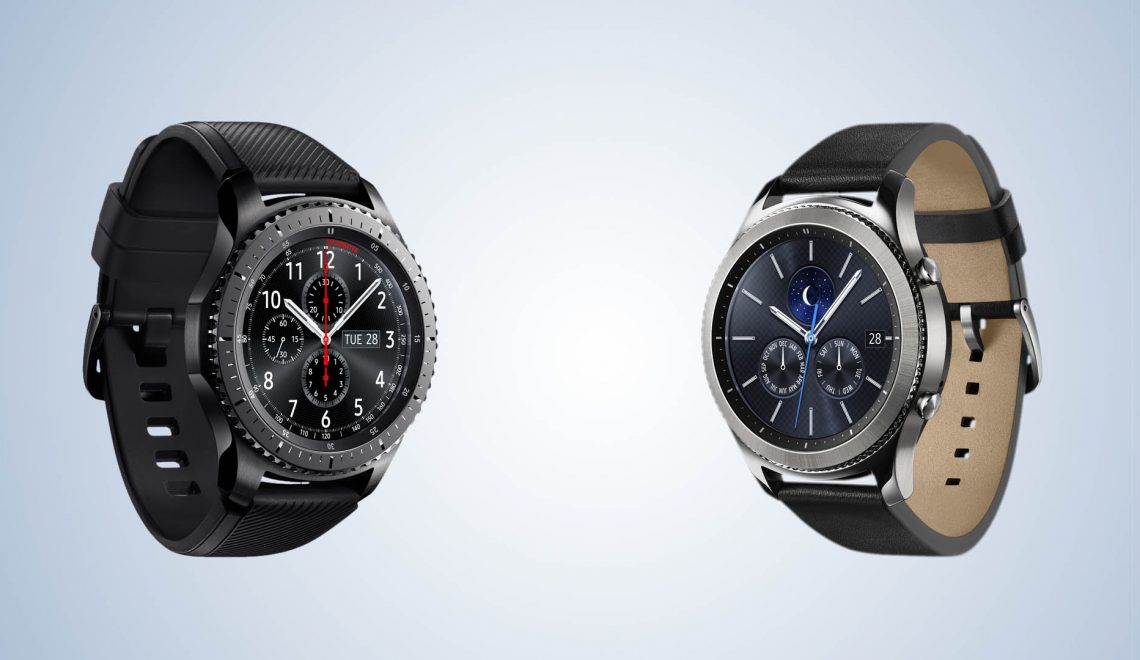It’s September 28th, which means, as promised, Samsung Pay is now live in the US. Unlike Apple and Google’s competing tokenized mobile payment systems, Samsung’s technology allows you to use cash registers equipped with either NFC or a magnetic strip reader. The key is that compatible Samsung devices can emit a weak magnetic field that card readers perceive as a card being swiped; the technology is called MST or Magnetic Secure Transmission. Simply place your phone near the reader while activating Samsung Pay and the transaction will be completed. As far as compile devices, there are not a lot; you are limited to the company’s newer models: the Galaxy S6, the S6 Edge, the S6 Edge+, or the Note 5. It should be noted that Samsung Pay also relies on support from both your credit card issuer and cellular provider. At this time Verizon has no plans to support Samsung Pay and only cards from certain the major banks are allowed (sorry Chase customers).
Early review of the payment system seem mostly positive. Some of the videos online do show a bit of fussing to get payments to process though, but that could be user error more than anything. Early users have pointed out that the MST technology works well but is not compatible with any payment terminals that require you to dip your card, versus swiping.
MST is an interesting technology. The clear advantage it provides Samsung is that their mobile payment system can be used at almost any existing payment terminal. But there are two major issues. First Samsung’s timing couldn’t be worse with the retailers becoming liable for magnetic swipe based fraud beginning October 1st. Even though Samsung Pay is tokenized, try explaining that to a store clerk that has only been told not to accept magnetic swipe payments. Second, more and more businesses are in the process of switching to terminals that can accept NFC (including Square offering small businesses free NFC readers). This means that while Samsung’s MST tech is compelling, it is a short term solution and one might prove to be difficult to use. Ultimately, it is unlikely to drive many potential customers to a Samsung device. Interestingly, wearable devices are seen as the tech that offers a meaningful level of convince for mobile payments. It is therefore intriguing that Samsung’s upcoming flagship wearable device, the Gear S2, will not support MST payments, instead only supporting NFC based ones.





